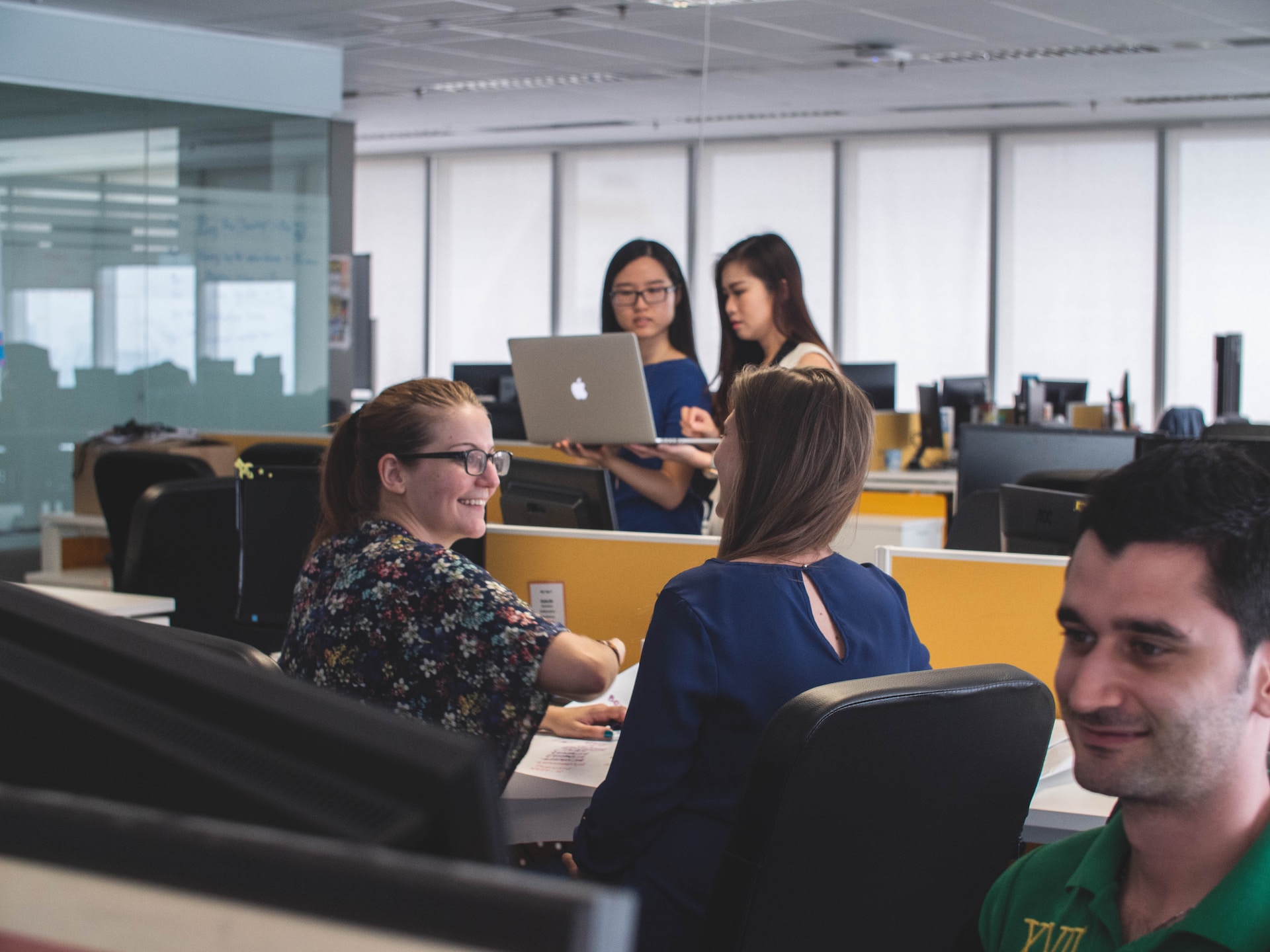In the relentless pursuit of productivity, the often-overlooked companion is well-being. In this blog, we delve into the delicate art of balance—juggling productivity and well-being. It’s not just about achieving more; it’s about cultivating a sustainable and fulfilling lifestyle that nurtures both personal and professional growth.
The Perils of Overemphasis on Productivity
In a culture that glorifies productivity, there is a danger of overlooking the importance of well-being. Many individuals find themselves trapped in a cycle of perpetual busyness, chasing deadlines and targets without considering the toll it takes on their mental and physical health. It’s crucial to recognize that productivity gains are sustainable only when they go hand-in-hand with well-being.
Understanding the Elements of Well-being
Well-being is a holistic concept that encompasses physical health, mental and emotional states, and the quality of interpersonal relationships. It’s about feeling good, functioning effectively, and experiencing a sense of purpose and connection. Neglecting any of these elements can lead to a lopsided existence where productivity may thrive in the short term but crumble in the face of burnout.
Work-Life Integration: Redefining the Balance
Rather than viewing work and personal life as opposing forces, consider them as integrated components of a harmonious whole. Work-life integration involves aligning your professional and personal commitments to create a seamless and flexible lifestyle. This approach recognizes that there will be times when work demands more attention and other times when personal priorities take precedence.
For instance, remote work has blurred the boundaries between professional and personal spaces. While this can lead to challenges, it also presents an opportunity to integrate work and life more fluidly. Embracing this integration allows individuals to engage in work when they are most productive and shift focus to personal matters when needed.
The Role of Mindfulness in Balancing Act
Mindfulness, the practice of being fully present and engaged in the current moment, is a powerful tool for achieving balance. Amidst the chaos of deadlines and obligations, taking moments to pause, breathe, and center yourself can prevent the accumulation of stress and enhance overall well-being.
Incorporating mindfulness into your routine doesn’t require elaborate rituals. It can be as simple as taking short breaks to stretch, practicing deep breathing exercises, or dedicating a few minutes to meditation. These practices not only contribute to your mental and emotional well-being but also improve focus and productivity when you return to your tasks.
Setting Boundaries: The Art of Saying No
Balancing productivity and well-being requires the ability to set clear boundaries. Saying no is not a sign of weakness; it’s a declaration of self-respect. Overcommitting yourself can lead to exhaustion and compromise your well-being. Learning to prioritize tasks and decline additional responsibilities when necessary is an essential skill in maintaining balance.
Effective communication is key in setting boundaries, whether it’s negotiating realistic deadlines with colleagues or expressing your needs to friends and family. Establishing clear expectations allows you to navigate the demands of both productivity and personal life without feeling overwhelmed.
Physical Well-being: The Foundation of Balance
Physical well-being is the cornerstone of a balanced life. Regular exercise, proper nutrition, and sufficient sleep contribute not only to your health but also to your productivity. The mind and body are intricately connected, and neglecting one can negatively impact the other.
Incorporate physical activity into your routine, whether it’s a brisk walk, a yoga session, or a workout at the gym. Fuel your body with nutritious food that provides sustained energy throughout the day. Prioritize sleep to ensure that your mind is sharp, and you’re ready to face the challenges of each day.
Cultivating Positive Relationships
Well-being extends beyond individual health to the quality of relationships in your life. Cultivating positive connections with friends, family, and colleagues contributes to a supportive and enriching environment. Shared moments of joy and challenges create a sense of community that bolsters both well-being and productivity.
Effective communication within relationships is crucial. Expressing your needs and understanding the needs of others fosters mutual support. Surround yourself with people who uplift and inspire you, creating a network that contributes positively to both your personal and professional spheres.
The Sustainable Productivity Model: Well-being as a Catalyst
A sustainable productivity model recognizes that well-being is not a luxury but a catalyst for long-term success. It’s about optimizing your output by aligning it with your physical, mental, and emotional health. A healthy and balanced individual is more resilient, creative, and adaptable—qualities that are invaluable in navigating the challenges of work and life.
In the grand tapestry of life, productivity and well-being are not opposing forces but interconnected threads. Weaving them together requires intention, self-awareness, and a commitment to nurturing both aspects of your existence. It’s an ongoing process of self-discovery and adaptation, where the art of balance becomes a masterpiece that enriches every facet of your life.
Embracing the Juggling Act
In conclusion, the art of balance is not about achieving a perfect equilibrium but about embracing the juggling act. It’s recognizing that, at times, some balls may need to be set aside to prevent dropping them all. Balancing productivity and well-being is a dynamic dance that evolves with the rhythm of life. By consciously integrating these elements, you not only enhance your daily experiences but also set the stage for a fulfilling and successful journey.









